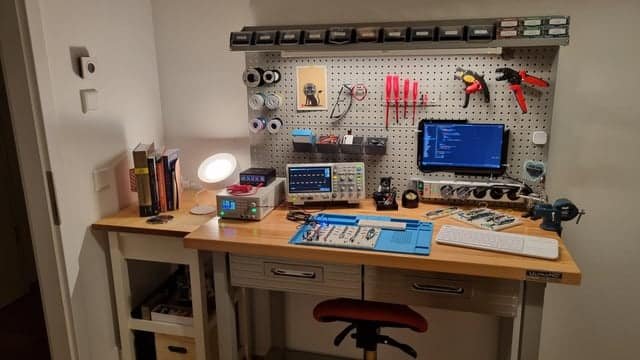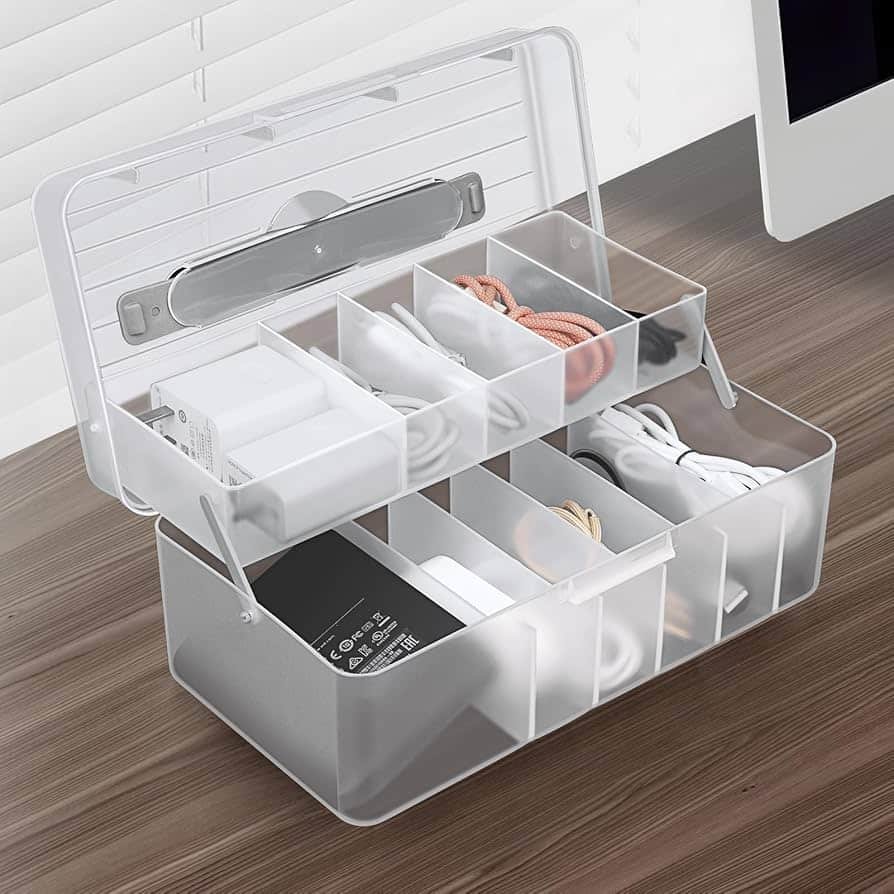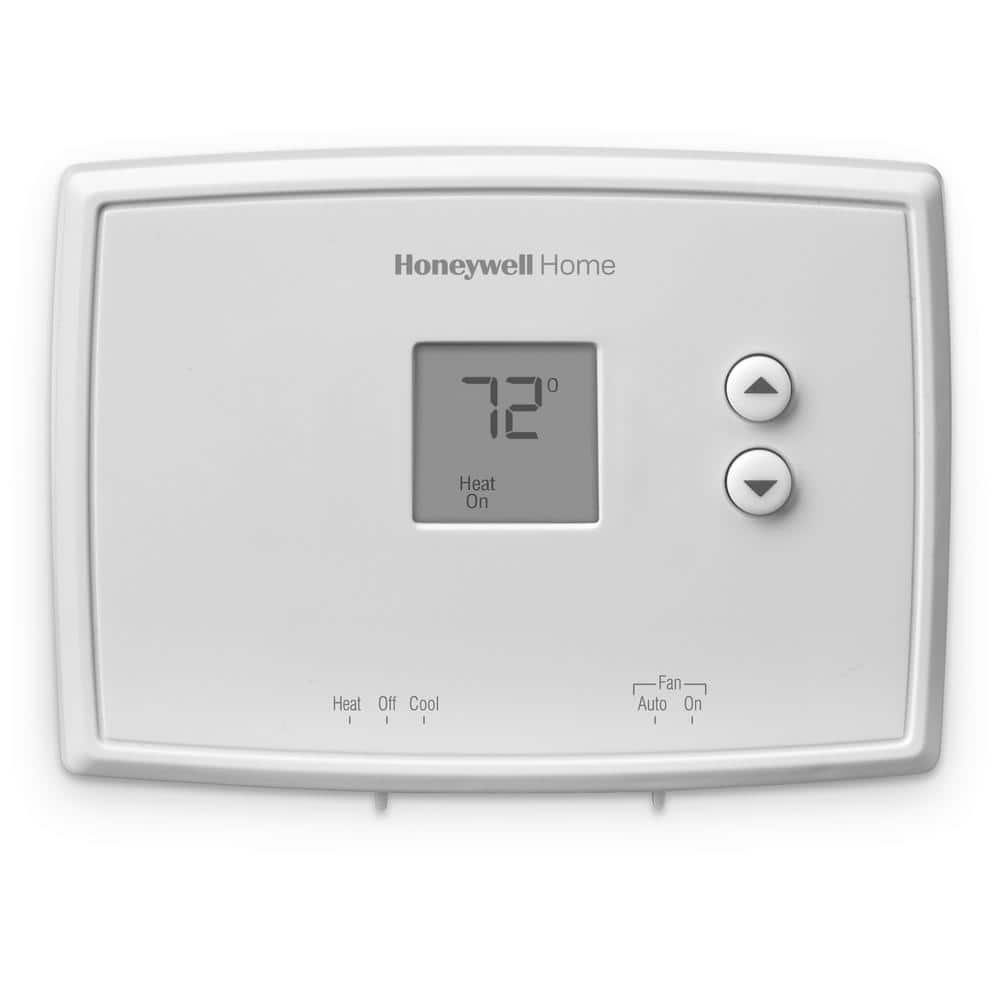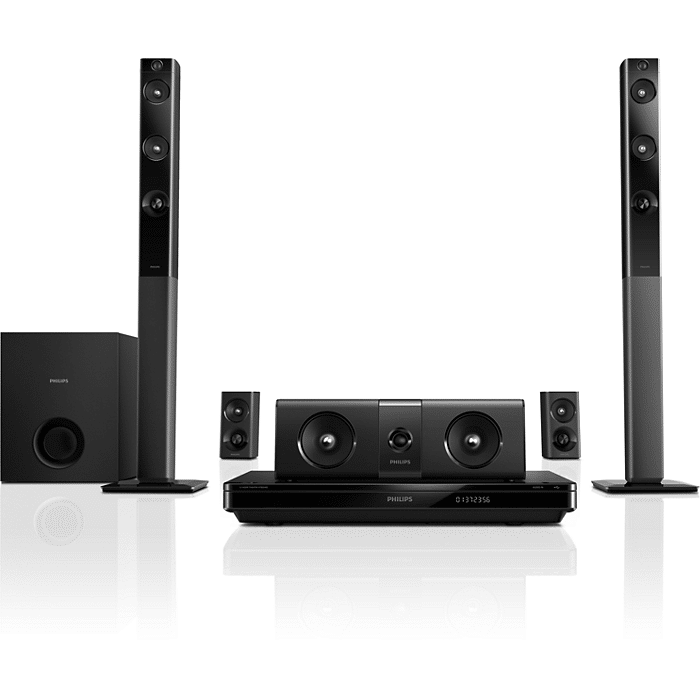Creating an electronics home lab is an exciting venture. It offers endless learning and exploration opportunities.
In today’s tech-driven world, having a dedicated space for tinkering with electronics can be incredibly rewarding. Whether you’re a hobbyist, student, or seasoned engineer, a home lab opens doors to innovation and creativity. Imagine having a personal playground to experiment with circuits, build gadgets, and bring your ideas to life.
It’s not just about assembling parts; it’s about understanding how technology works at its core. With some basic tools and components, you can embark on projects that challenge your mind and skills. This journey can enhance your knowledge and ignite a passion for electronics. A home lab is more than a workspace; it’s a gateway to discovery.
Introduction To Diy Tech Sanctuary
Imagine having a personal space where technology meets creativity. Welcome to your DIY Tech Sanctuary. This is a place where innovation thrives. A home lab for electronics enthusiasts. It offers the freedom to explore, create, and learn. With the right tools, your ideas can turn into reality.
Benefits Of A Home Lab
A home lab offers endless learning opportunities. It’s a space to experiment without limits. You can work on projects at your own pace. Mistakes become learning experiences. You gain practical skills through hands-on practice. This boosts your confidence in handling tech challenges.
Having a home lab saves time and money. No need to rent or travel to workshops. All necessary tools are just a step away. It encourages continuous learning. You can stay updated with the latest tech trends. Your creativity finds a constant outlet.
Getting Started With Electronics
Starting with electronics can be exciting. Begin with basic tools and components. A multimeter, soldering iron, and breadboard are essential. These tools help in building simple circuits. Start with easy projects like LED blinkers.
Learn the fundamentals of circuits and components. Online resources and tutorials are helpful. Join forums to connect with other enthusiasts. Ask questions, share ideas, and get feedback. This community support enhances your learning journey.
Keep a log of your projects. Documenting helps track progress and understand mistakes. It becomes a valuable reference for future projects. Enjoy the process of building and learning. Your home lab is your gateway to endless tech possibilities.
Essential Tools And Equipment
Setting up an electronics home lab can be exciting and rewarding. The right tools and equipment make a big difference. They help you explore, learn, and create projects. Whether you are a beginner or an advanced enthusiast, having the right gear is essential. Let’s explore the basic tools for beginners and the advanced equipment for enthusiasts.
Basic Tools For Beginners
Start with essential hand tools. A multimeter is a must-have for measuring voltage, current, and resistance. Soldering irons help connect components on circuit boards. Choose one with adjustable temperature. Wire cutters and strippers are useful for preparing wires. Breadboards allow you to build and test circuits without soldering. A set of screwdrivers comes in handy for assembling and disassembling devices. Keep a magnifying glass for inspecting small components.
Advanced Equipment For Enthusiasts
Advanced enthusiasts need specialized equipment. Oscilloscopes visualize electronic signals. They help in understanding circuit behavior. Function generators produce different waveforms for testing circuits. Logic analyzers are crucial for debugging digital circuits. Power supplies provide stable voltage for projects. Choose one with adjustable voltage and current. A digital caliper helps in measuring component dimensions accurately. Consider investing in a quality toolbox to organize your equipment.
Setting Up Your Space
Creating an electronics home lab requires careful planning. Arrange tools, components, and gadgets for easy access. Ensure safety by organizing cables and providing adequate ventilation.
Setting up your electronics home lab is an exciting journey. A well-organized space boosts creativity and productivity. It allows you to focus on your projects. Start by designing a space that fits your needs. Consider the location and organization of your workspace. These factors play a vital role in your lab’s success.Choosing The Right Location
Select a quiet area for your electronics lab. This minimizes distractions. Ensure the spot is well-ventilated. Fresh air helps maintain focus. Good lighting is also essential. Natural light or strong lamps can reduce eye strain. Choose a location with easy access to power outlets. This simplifies powering your devices.Organizing Your Workspace
Keep your workspace tidy and efficient. Use shelves to store tools and components. Label boxes to find parts quickly. A clear desk improves concentration. Arrange tools within arm’s reach. This saves time during projects. Invest in a comfortable chair and desk. Comfort is important for long work sessions. Use cable organizers to prevent tangles. A neat setup enhances workflow.
Credit: www.reddit.com
Safety Measures And Precautions
Creating an electronics home lab requires safety measures to prevent accidents. Wear protective gear like goggles and gloves. Ensure proper ventilation and handle equipment with care.
Creating an electronics home lab is an exciting venture. However, safety should be your top priority. Whether you’re assembling a simple circuit or working with complex components, understanding safety measures and precautions can save you from potential hazards. Being mindful of how you handle equipment and knowing what to do in emergencies can make your home lab a safe and productive space.Handling Electronics Safely
Handling electronics requires attention to detail and a commitment to safety. Always start by reading the manual of each device and component. They often contain crucial safety information. Use insulated tools to prevent electrical shocks. Wearing safety goggles and gloves might seem excessive, but they can protect you from accidents involving sparks or sharp components. Check your workspace lighting. Good visibility ensures you can spot potential hazards before they become problems. Ensure your workbench is dry and clear of clutter. A tidy space reduces the risk of accidents.Emergency Protocols
Emergencies can occur even in the best-prepared labs. Knowing how to respond can be the difference between a minor issue and a major disaster. Keep a fire extinguisher nearby, specifically one rated for electrical fires. It’s a small investment that can prevent significant damage. Learn basic first aid. If you or someone else gets injured, prompt and correct action can minimize harm. Consider what you would do in the event of a power surge. Having surge protectors in place can prevent damage to your equipment. Think about your emergency escape route. If something goes wrong, being able to leave the area quickly is crucial. Have you ever had a close call? What did you learn from it? By addressing these safety measures, you ensure your home lab remains a place of innovation and creativity.Building Your First Circuit
Starting your electronics home lab is exciting and educational. Begin with simple circuits to understand basic concepts. Explore various components and tools, enhancing your skills. Enjoy the rewarding process of creating your first circuit, fostering curiosity and innovation.
Building your first circuit is an exciting journey into the world of electronics. It opens up endless possibilities for creativity and innovation right from your home lab. This simple yet rewarding process will sharpen your technical skills and ignite a deeper understanding of how electronic devices work.Simple Circuit Projects
Starting with simple circuit projects is a great way to build confidence. Consider a basic LED circuit to begin. All you need is a battery, a resistor, and an LED. Connect the battery’s positive terminal to one end of the resistor. Then, connect the other end of the resistor to the longer leg of the LED. Finally, complete the circuit by connecting the shorter leg of the LED back to the battery’s negative terminal. Another engaging project is creating a basic switch circuit. Use a small switch to control the flow of electricity to an LED. This project helps you understand how switches work in turning devices on and off. These projects are not only fun but also lay a solid foundation for more complex builds. What simple project will you start with today?Troubleshooting Tips
Running into issues is part of the learning process. If your circuit isn’t working, first check all your connections. Make sure everything is securely connected and not loose. Loose connections are often the main culprits in malfunctioning circuits. Next, verify that all components are correctly oriented. LEDs, for instance, have a positive and a negative leg, and reversing them can prevent them from lighting up. Double-check the orientation of your components to ensure proper functionality. Lastly, ensure that your power source is working. A low or dead battery can be easily overlooked. Swap it out if necessary, and see if that solves the problem. Remember, every issue you solve makes you a better electronics hobbyist. What troubleshooting tip will you try first?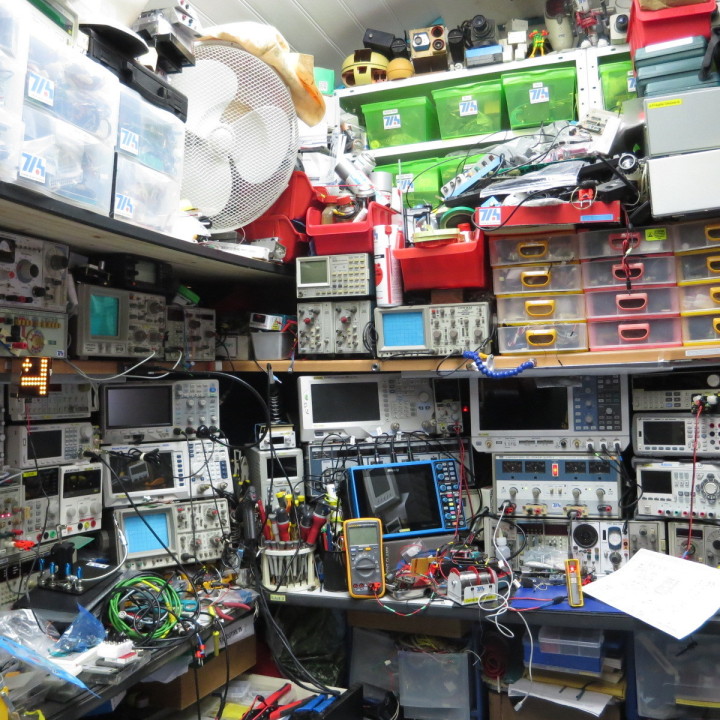
Credit: www.elektormagazine.com
Exploring Microcontrollers
Microcontrollers are tiny computers on a single integrated circuit. They are the heart of many electronic devices. They help automate tasks, making life easier. Enthusiasts use them to build gadgets and projects at home. Creating an electronics home lab is a great way to explore microcontrollers.
Introduction To Arduino
Arduino is a popular microcontroller platform. It is user-friendly and versatile. Many beginners start with Arduino because it is easy to learn. With Arduino, you can create fun projects like automated lights or simple robots. You will find many online tutorials and resources to help you get started.
The Arduino community is large and supportive. Many people share their projects and solutions. You can find inspiration and help from others easily. Start with a basic Arduino kit. It usually includes everything you need to begin your first project.
Raspberry Pi Projects
Raspberry Pi is another exciting platform. It is more powerful than Arduino. It acts like a mini computer. With Raspberry Pi, you can build more complex projects. Think of smart home devices or media centers.
Raspberry Pi supports many programming languages. Python is a favorite among enthusiasts. You can learn programming while building projects. There are many Raspberry Pi projects for beginners. Start small, like setting up a weather station or creating a simple game.
Both platforms, Arduino and Raspberry Pi, offer endless possibilities. They make electronics fun and accessible. Dive into microcontrollers and start exploring today.
Connectivity And Networking
Electronics home labs offer a hands-on experience in connectivity and networking. They help you understand circuit designs, enabling smoother communication between devices. Experimenting with various electronic components enhances your skills in building efficient networks at home.
In today’s tech-savvy world, having an electronics home lab is not just a hobby but a gateway to innovation. A pivotal aspect of any home lab is connectivity and networking, which opens doors to endless possibilities. Whether you’re tinkering with wireless communication or exploring IoT applications, understanding these concepts can transform your projects.Wireless Communication Basics
Wireless communication connects devices without the need for cables. It uses radio waves to transmit data, making it ideal for home labs where mobility and flexibility are key. Imagine controlling a robot using a smartphone or sending data from a temperature sensor to your computer. These are made possible through wireless protocols like Bluetooth and Wi-Fi, which are easy to set up and use. Start by experimenting with simple Bluetooth modules. Connect them to microcontrollers like Arduino and try sending basic commands. This hands-on experience is invaluable for grasping the fundamentals of wireless tech.Iot Applications
The Internet of Things (IoT) is revolutionizing how we interact with the world. In your home lab, IoT allows you to create smart devices that communicate over the internet. Consider building a smart home system that adjusts lighting and temperature based on your preferences. By integrating sensors and actuators, you can automate everyday tasks, saving time and energy. Start small. Use an ESP8266 or Raspberry Pi to connect a sensor to the internet. Monitor data remotely and think about how this information can improve your daily life. As you experiment, you might wonder: how can IoT make your home more efficient? This exploration can lead to groundbreaking ideas that benefit not just you, but others too. By delving into connectivity and networking in your home lab, you open up a world of innovation. What’s the next project you’ll tackle?Future Trends In Diy Electronics
DIY electronics have transformed home labs into innovative spaces. Hobbyists and professionals explore new ideas. Future trends in this field promise exciting developments. These trends shape how we create and interact with technology. Understanding these trends helps enthusiasts stay ahead.
Emerging Technologies
Emerging technologies are changing DIY electronics. Artificial Intelligence (AI) tools are becoming more accessible. These tools help in creating smarter devices. AI simplifies complex tasks in electronics projects. Robotics is another exciting field. Home labs now build simple robots. Robotics kits make this easier. 3D printing adds another dimension. It allows creation of custom parts. This enhances creativity and precision.
Sustainability In Electronics
Sustainability is gaining importance in electronics. DIY enthusiasts use recycled materials. This reduces electronic waste. Many projects focus on energy efficiency. Solar-powered gadgets are popular in home labs. They use renewable energy, minimizing the carbon footprint. Open-source platforms encourage sharing and reusing designs. This reduces resource consumption. Sustainable practices make electronics eco-friendly and cost-effective.

Credit: www.reddit.com
Frequently Asked Questions
What Is An Electronics Home Lab?
An electronics home lab is a personal space for electronics experiments. It typically includes tools like multimeters, soldering irons, and oscilloscopes. This setup allows enthusiasts to work on projects, prototypes, and repairs. It’s essential for learning and innovation in electronics without the need for a formal lab setting.
How To Set Up A Home Electronics Lab?
Setting up a home electronics lab involves choosing a dedicated space and gathering essential tools. Start with a sturdy workbench, a good lighting source, and storage for components. Include basic tools like a multimeter, soldering iron, and power supply. Organize your equipment for efficient workflow and safety.
What Tools Are Essential For A Home Lab?
Essential tools for a home lab include a multimeter, soldering iron, and oscilloscope. A breadboard and power supply are also crucial. These tools allow you to measure, build, and test electronic circuits effectively. Having a well-organized toolkit ensures efficiency and safety while working on various electronic projects.
How Can A Home Lab Enhance Learning?
A home lab provides hands-on experience, reinforcing theoretical knowledge through practical application. Experimenting with circuits and components deepens understanding and fosters problem-solving skills. It encourages curiosity and innovation, making learning more engaging and effective. A home lab is a valuable resource for students and hobbyists alike.
Conclusion
Creating your own electronics home lab is exciting and rewarding. It opens doors to endless learning possibilities. Anyone can start, regardless of their skill level. Begin with simple tools and projects. Gradually, expand as you grow more confident. This personal space allows you to explore creativity and solve real-world problems.
With patience, your skills will improve. Dive into projects that interest you most. Enjoy the process of learning and building. Your lab can become a place for innovation and discovery. Start today and watch your passion for electronics flourish.

